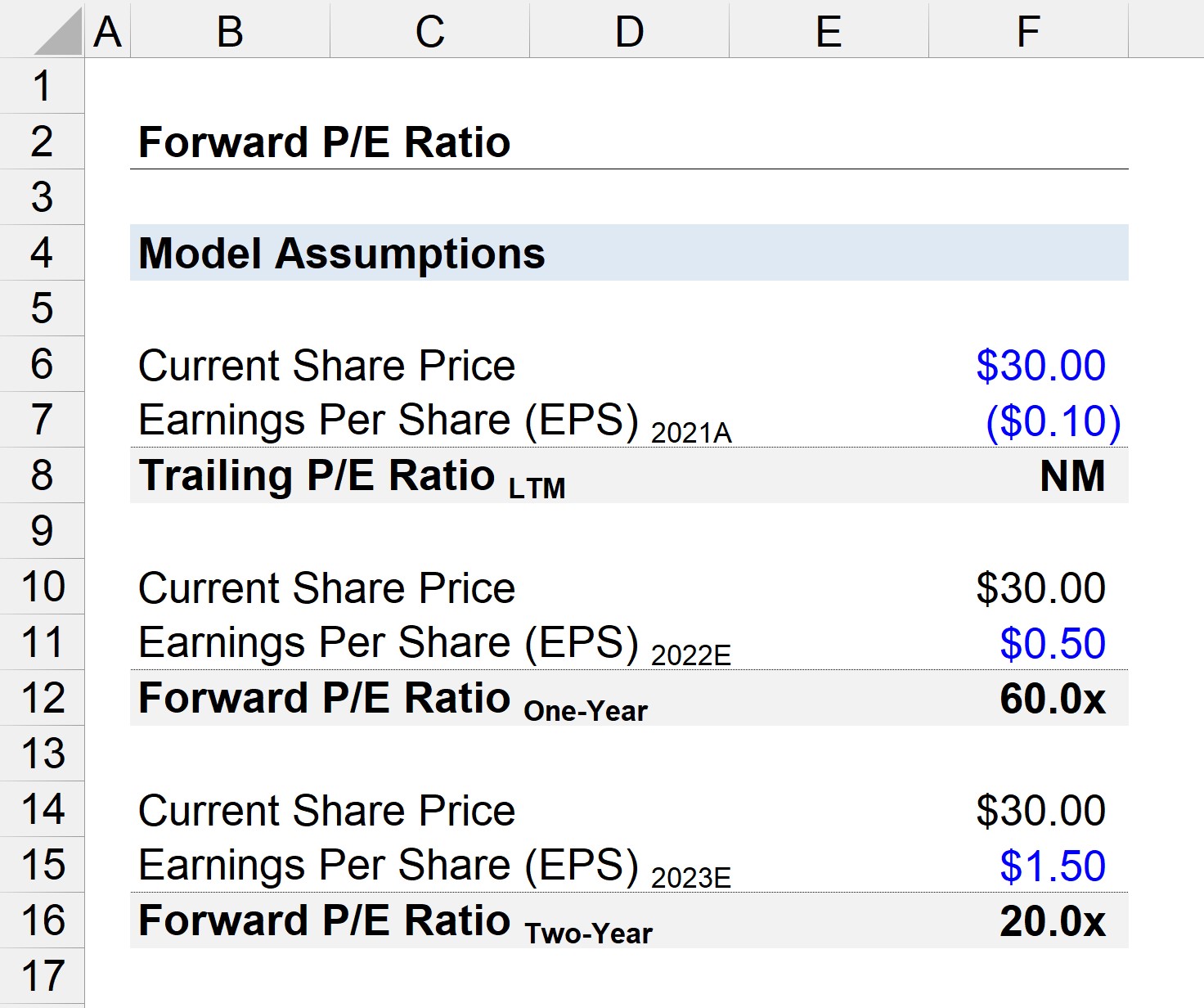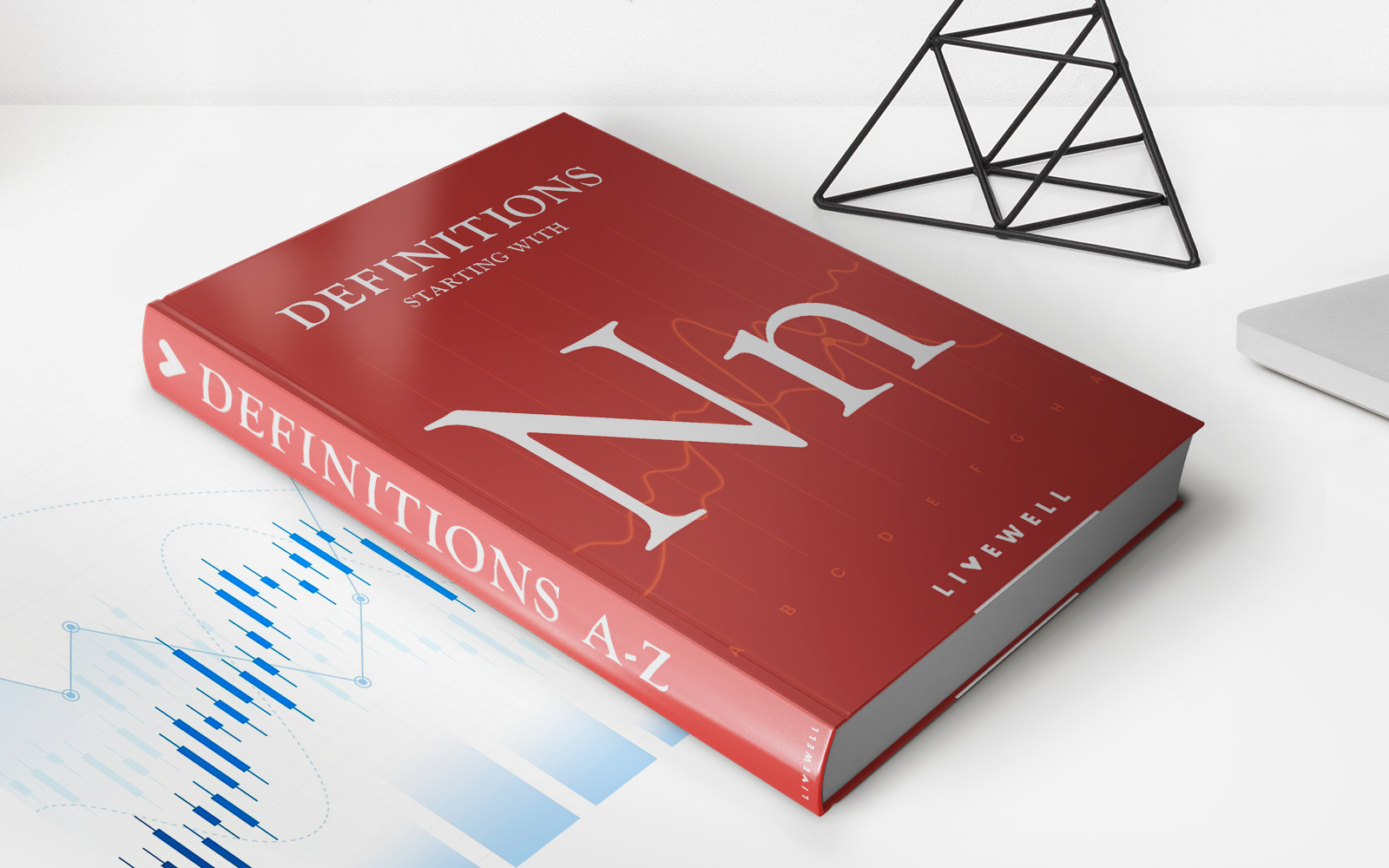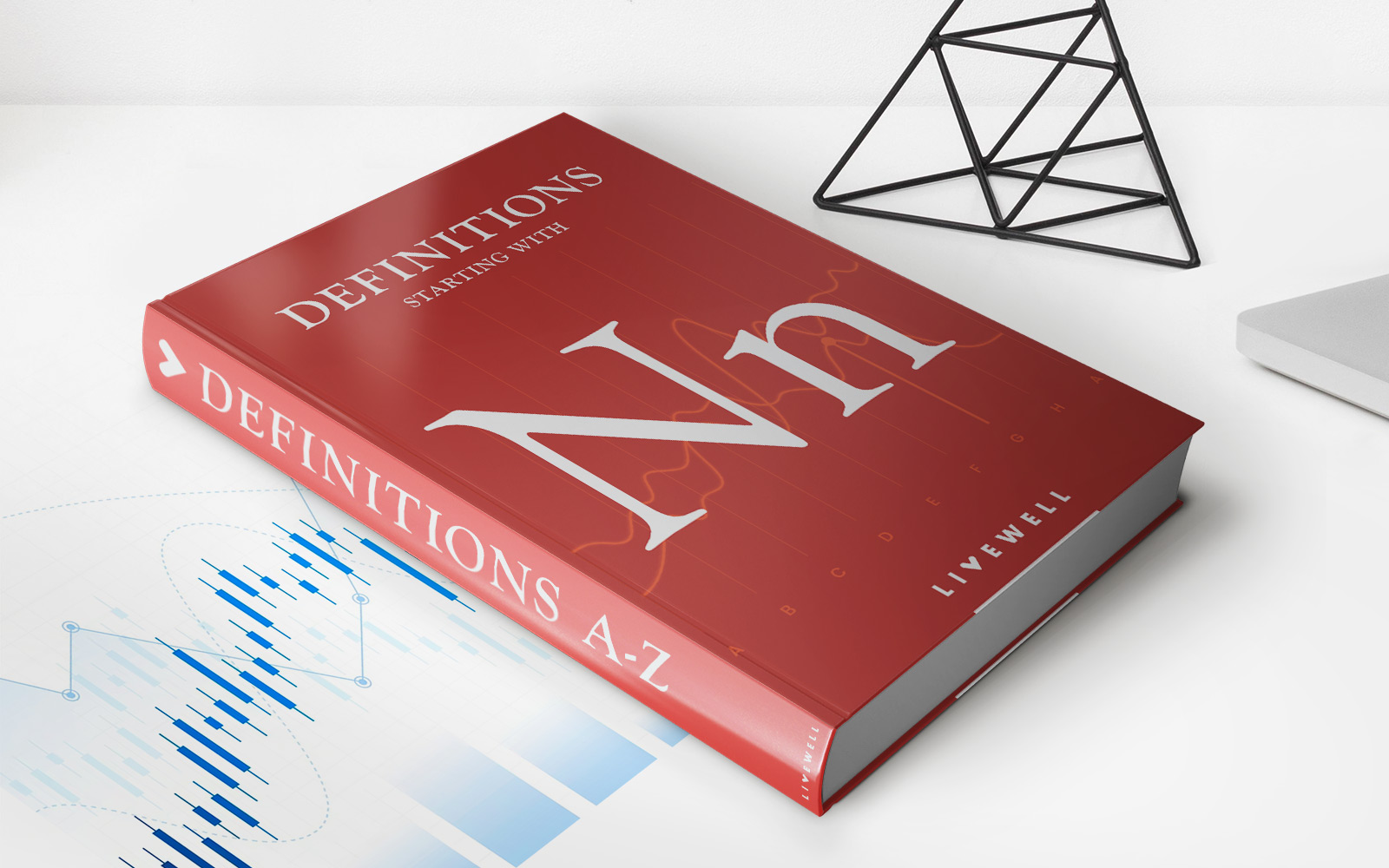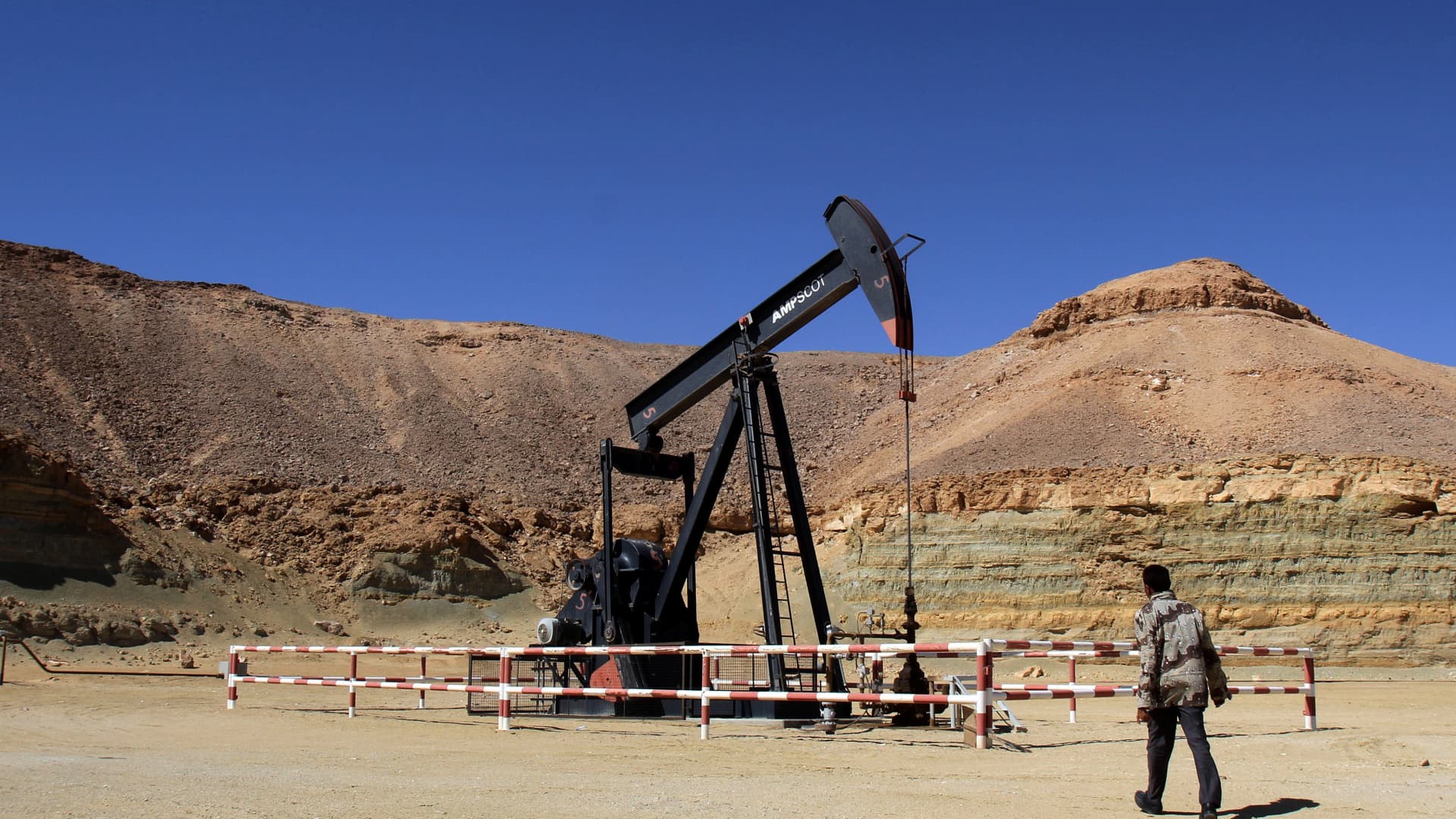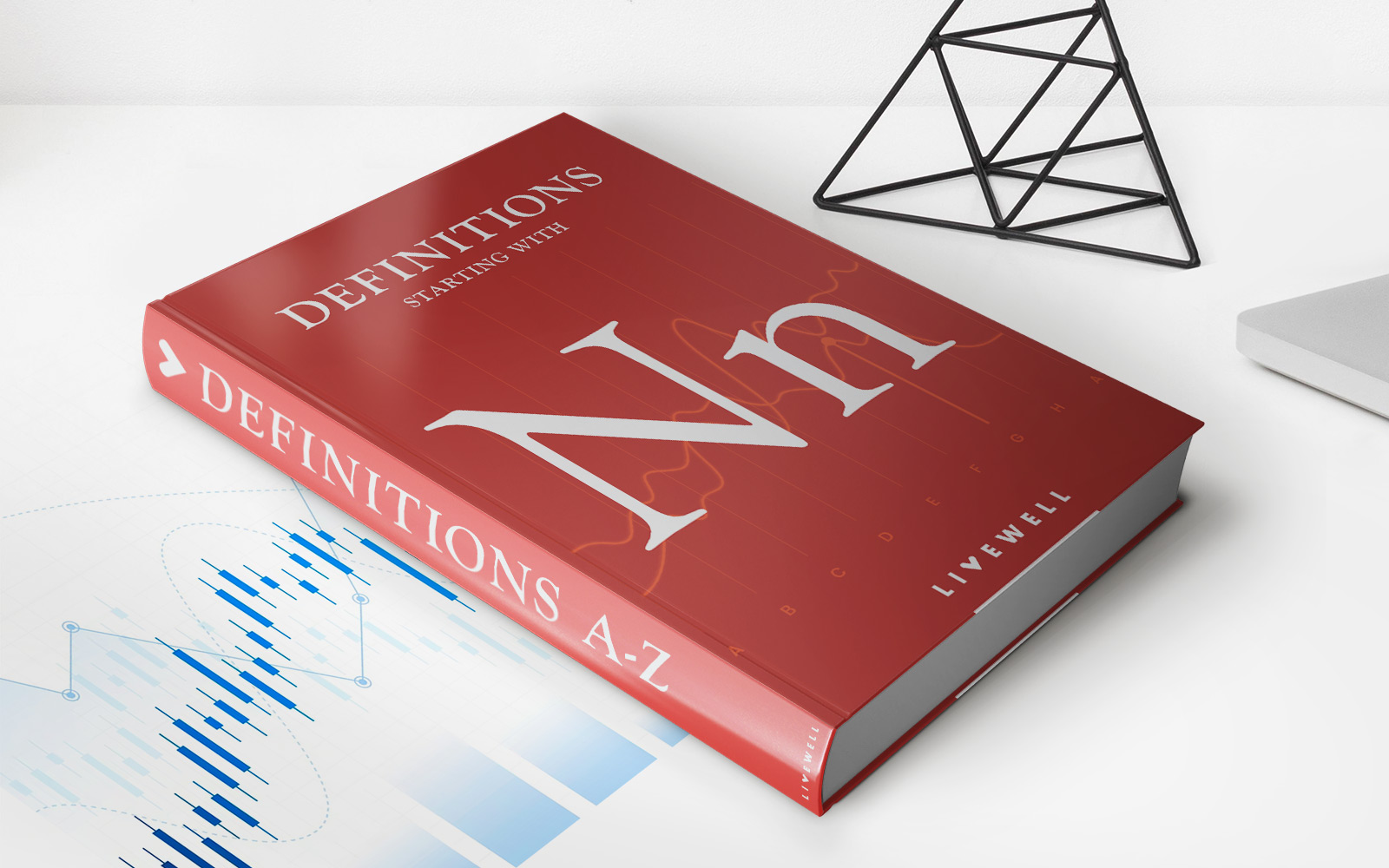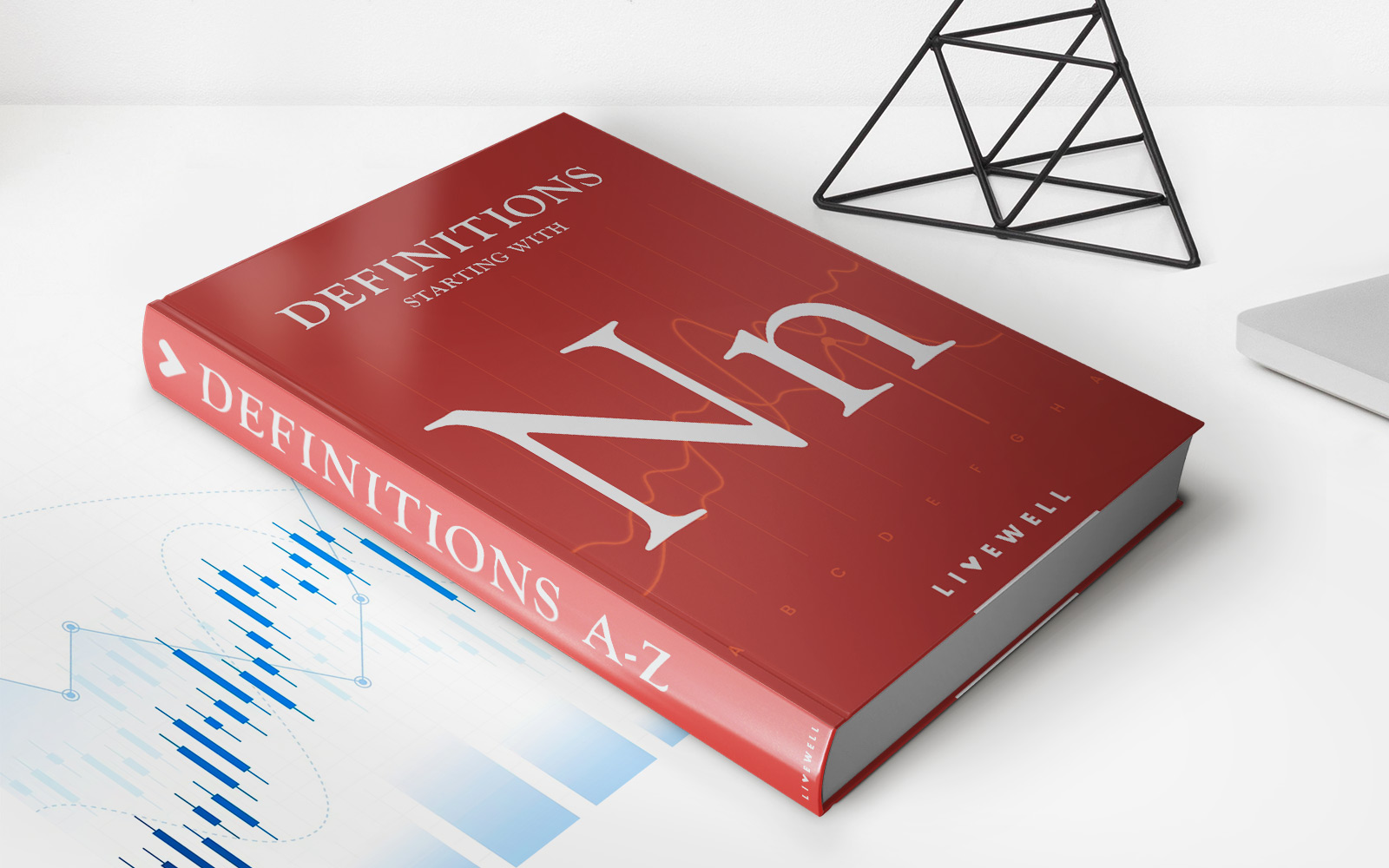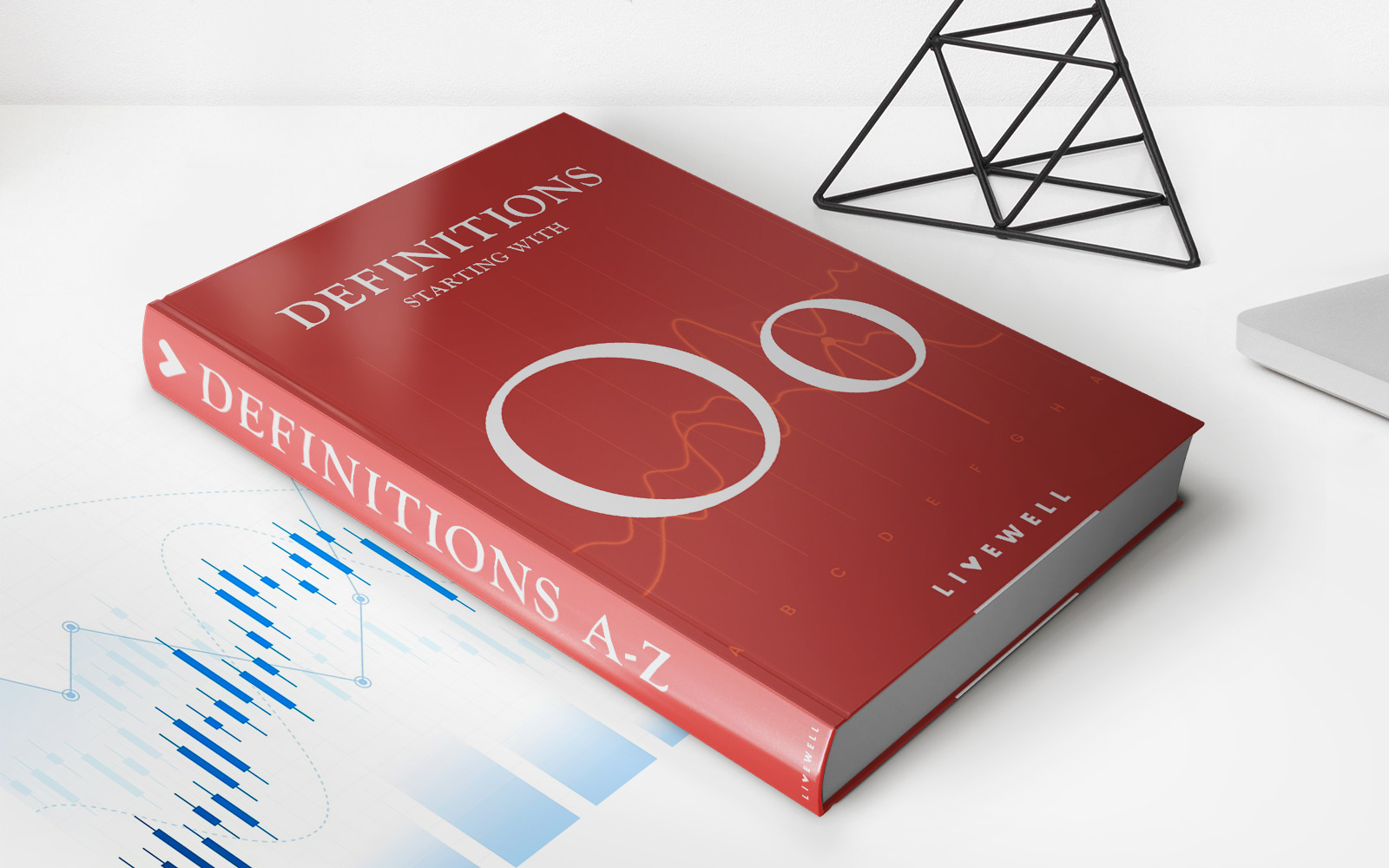

Finance
Oil Price To Natural Gas Ratio Definition
Published: January 2, 2024
Learn the definition of the oil price to natural gas ratio in finance. Understand the relationship between oil prices and natural gas prices.
(Many of the links in this article redirect to a specific reviewed product. Your purchase of these products through affiliate links helps to generate commission for LiveWell, at no extra cost. Learn more)
The Oil Price to Natural Gas Ratio Definition: Understanding the Relationship Between Two Important Commodities
When it comes to the world of finance, there are numerous factors that can impact the performance and stability of various industries. One essential aspect that investors and traders closely monitor is the oil price to natural gas ratio. But what exactly is this ratio, and why is it crucial? In this blog post, we will explore the definition of the oil price to natural gas ratio and help you understand its significance in the financial arena.
Key Takeaways:
- The oil price to natural gas ratio represents the relationship between the prices of these two commodities.
- A higher ratio indicates that oil is relatively more expensive than natural gas, while a lower ratio suggests that natural gas is relatively more expensive than oil.
So, what does the oil price to natural gas ratio really mean? Essentially, this ratio serves as a benchmark for analyzing the relative value of oil and natural gas in the market. It is calculated by dividing the price of a barrel of oil by the price of a unit of natural gas. By comparing these two prices, investors can gain insights into the market dynamics and determine which commodity may be more attractive or lucrative in a given situation.
Here are a few key takeaways about the oil price to natural gas ratio:
- A higher ratio indicates that oil is relatively more expensive than natural gas, while a lower ratio suggests that natural gas is relatively more expensive than oil.
- A fluctuating or volatile ratio can indicate shifts in supply and demand, geopolitical factors, or technological advancements in energy production.
- This ratio is closely followed by energy market participants, including traders, investors, and energy companies, to gauge potential investment opportunities or risks.
- Changes in the oil price to natural gas ratio can impact industries such as transportation, manufacturing, and overall energy consumption.
The oil price to natural gas ratio can be utilized as a forecasting tool or an indicator to make informed decisions in the financial markets. However, it’s important to note that like any financial metric, it should be used in conjunction with other factors and analysis to assess investment opportunities accurately.
In conclusion, the oil price to natural gas ratio is a vital metric used to understand the relationship between these two essential commodities. Being aware of this ratio and its fluctuations can provide valuable insights into market trends, investment opportunities, and potential risks. Whether you are an investor, trader, or simply curious about the financial landscape, keeping an eye on this ratio can help you navigate the intricate world of finance more confidently.
